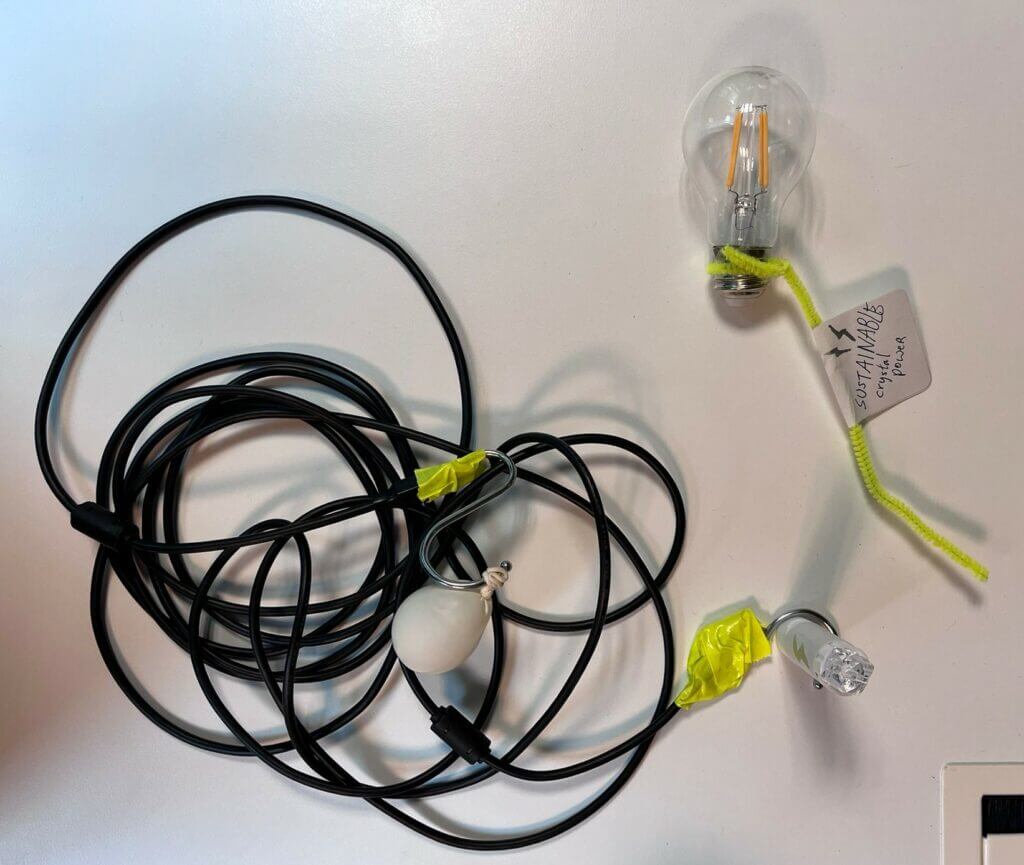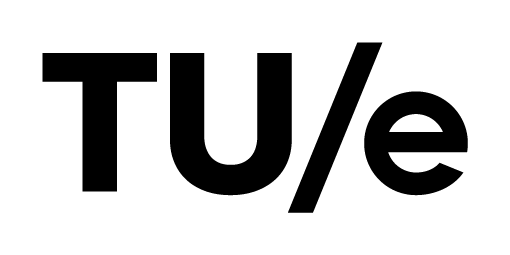How would you react if I told you that I have time travelled from the year 02038 to now (02023) with the goal to warn you against a time travelling company that tries to convince people to work for them to increase unsustainable behaviour? You would probably think that I am joking or acting. That I am mentally ill or that I believe in conspiracy theories. What I am trying to do, is to raise awareness about how people need to think for themselves about the consequences of their choices. About how their individual behaviour influences what happens in the future.
This relates to the concept of prefigurative practices, where you already act out the future to make it happen (Monticelli, 2021). In this course (Researching the Future Everyday from the Department of Industrial Design at the University of Technology Eindhoven), we use this and more concepts to create experiences of the future. This experiencing began at the start of the course where we roleplayed that we were invited by the Rijksdirectie Tijdreizen Nederland as designers to teach the past (02023) about the future. In the year 02038, I am a lifestyle rethinker for implementing climate policy in everyday life. That means that I help people adapt to a lifestyle with a smaller carbon footprint considering their dreams of a good life. I have insight into their dreams with a special device, but I was not involved in its development. This relates to my current (02023) vision as a designer, since I want to create a more inclusive and sustainable society by intrinsically motivating people to change their behaviour. I want to involve people in my processes and relate to their personal dreams of a better future. In this course, I hope to get a better idea on how to approach this ideal.

Figure 1: A detail to make the story of time travel more convincing.
The story of time travelling was more convincing due to the signs that were in the building (figure 1). These details together with everyone acting contributed to creating a more believable experience of actually having time travelled. The signs also affected other people in the building, and they showed up in the classroom asking what this was. A fellow student told them the story of time travel and left them wondering what they were seeing. Another student gave them a card from the ministry (Rijksdirectie Tijdreizen Nederland) that had “organised” this mission. The shared narrative felt like it connected us students and this experience showed that sticking to your role and details matter in convincingly storytelling.
For this course, I work on a project that involves what I described above. We took inspiration from these events but also learned more throughout the course. Another aspect that helped in imagining what the experience that we are designing could be like, is the idea that something looks like a utopia but is actually a dystopia. This is of course already dependent on a personal perspective, but it also depends on what side of the utopia you are seeing. If you are inside the utopia bubble and living a happy life, you might miss the dystopian part to it. In famous books like The Circle by Dave Eggers or Brave New World by Aldous Huxley (Eggers, 2013; Huxley, 1946), this perspective is broken by introducing a curious new person into the utopia that critically looks at the system of that society. This critical viewpoint is a quality that I and my group would like to evoke in the visitors of our experience. A small example of this is Crystal Power (figure 2). In a 30-minute assignment requiring to create an artefact that was sent from the future, we made an implanted pump device that allowed the extremely poor to generate and store energy for the extremely rich in a crystal. This was then presented as a sustainable energy source for a world in an extreme energy crisis. Sustainability is often seen as a good thing, but here it had a very dark edge.

Figure 2: Crystal Power, an example of using a dark edge.
We use the idea of a dark edge in our experience by giving the company from the future a hidden agenda. This shows that the future is neither a utopia, nor a dystopia, but rather a mix of the two, depending on your perspective and ideals. Currently, we are working out the details of the experience and the number of details necessary to convey our message. When is it too much and therefore distracting from the message? Will people actually be able to see this whole experience as something meaningful? Will it make them think? Or will it just be something funny or silly? I think that this type of design is not problem-solving and world-changing in itself, but maybe it can inspire people to solve some problems themselves through their future behaviour.
References:
- Eggers, D. (2013). The Circle. Penguin UK.
- Huxley, A. (1946). Brave new world : a novel / by Aldous Huxley (Vol. 1946). http://library.um.ac.id/free-contents/downloadpdf.php/buku/brave-new-world-a-novel-by-aldous-huxley-5126.pdf
- Monticelli, L. (2021). On the necessity of prefigurative politics. Thesis Eleven, 167(1), 99–118. https://doi.org/10.1177/07255136211056992


